So whether you’re a homeowner in Duluth, MN, and want to reduce your gas bill, or are looking to reduce your electric bill in an apartment in Wilmington, NC, read on to learn everything you need to know.
The average cost of utilities
Producing utilities such as natural gas and electricity also contributes significantly to climate change. Given the rising cost of living and the impact utilities have on the environment, finding ways to save money and reduce your overall use is more important than ever.
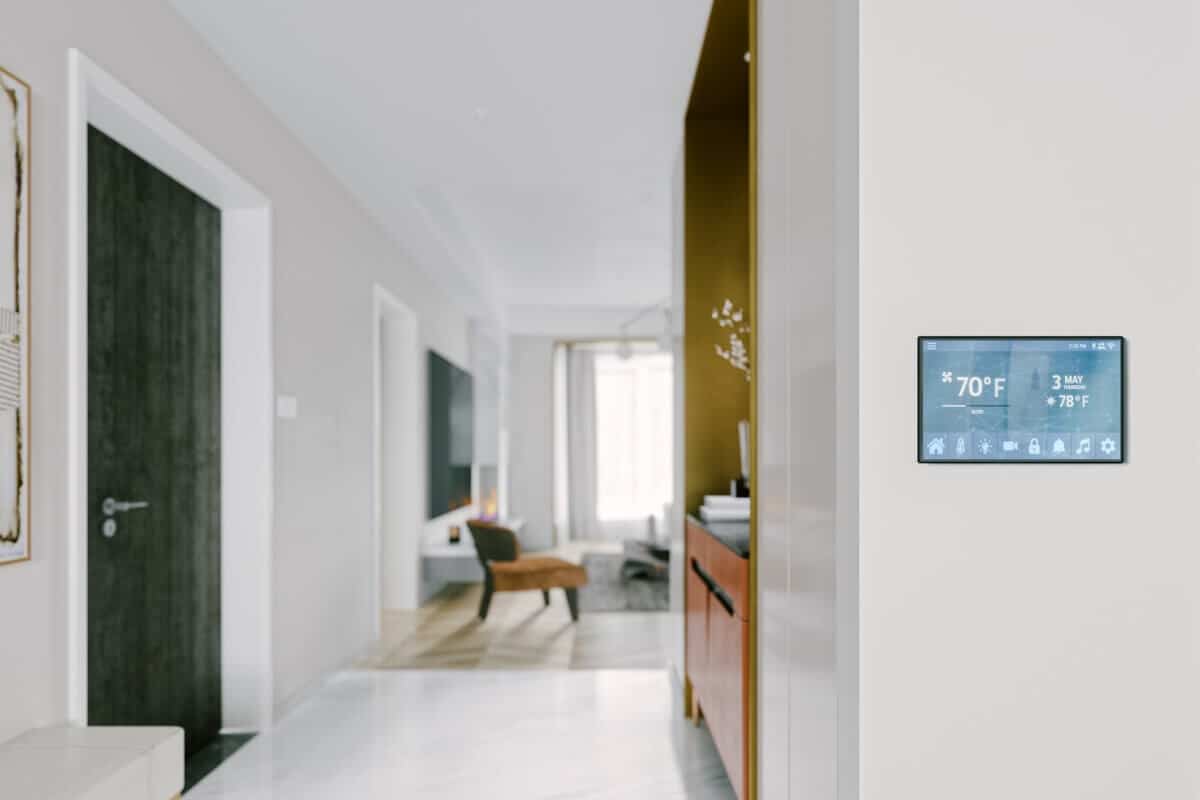
Electricity
Electricity is the largest utility cost for most people in the US, accounting for 23% or more of their monthly expenses. It’s also an area where people can make the largest impact on their bills.
The cost to supply electricity changes every minute and varies depending on demand, availability, and fuel costs. Additionally, because of how the US generates electricity and how consumers use it, prices are generally highest during the summer and winter. Regardless, most people pay a seasonally metered rate based on kilowatt hours (kWh).
Here are a few tips to help save money on electricity.
1. Turn off lights and appliances
Outlets continue supplying power to devices even if they’re turned off. To prevent this, switch off lights, appliances, and electronics when you aren’t using them. Also, unplug chargers and power adapters when they’re not charging devices.
2. Use energy-efficient lighting
Kelly Dougherty, President of FirstService Energy, adds more. “Transitioning to LED bulbs is a cost-effective way to reduce energy consumption,” she says. “LED lights use a remarkable 90% less energy than traditional incandescent bulbs and boast a lifespan up to 25 times longer.”
3. Install a programmable thermostat.
“While the initial investment is high, a smart thermostat pays off in the long run,” Dougherty continues. “These devices intelligently adjust temperatures throughout the day to maintain your desired comfort level. They’re also Wi-Fi enabled, allowing for remote control via smart devices. On average, a smart thermostat can reduce energy bills by up to 20%.”
4. Use energy-efficient appliances
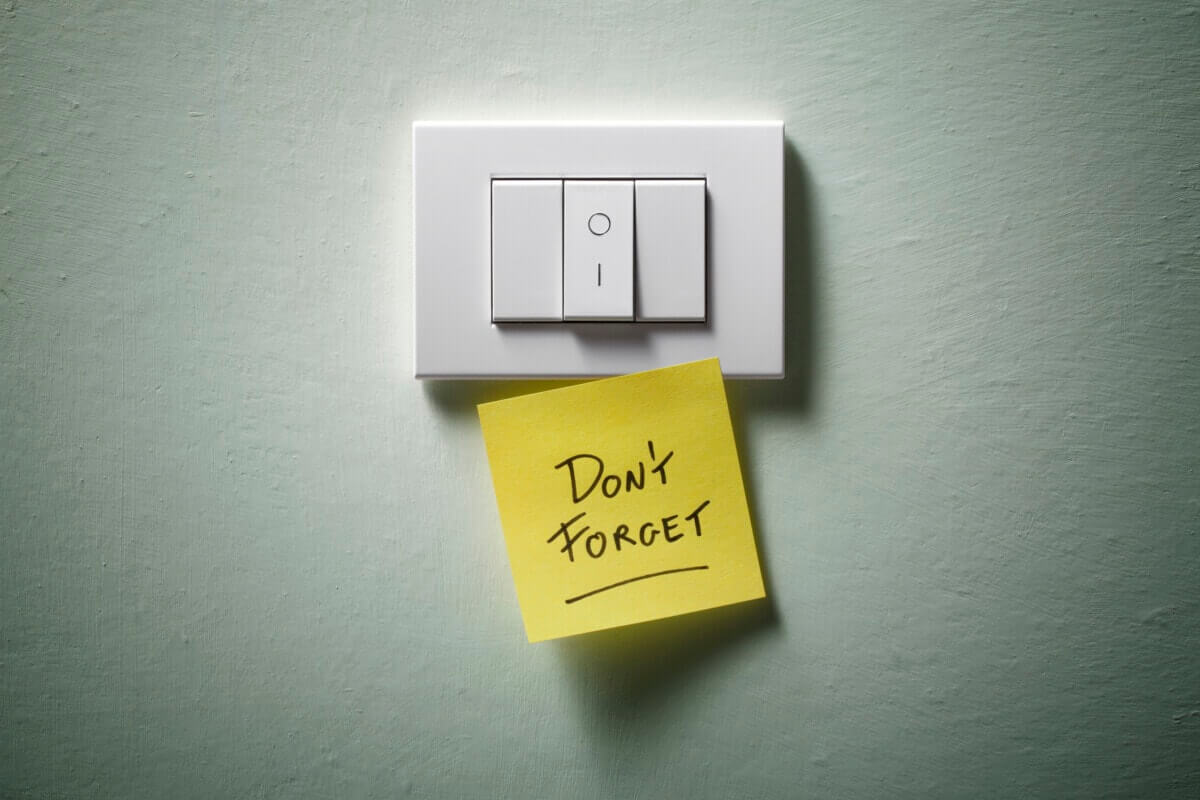
5. Use smart power strips
Francis Braam, Broker/Owner at Royal LePage Kelowna, adds more. “One of the biggest drains on electricity bills are vampire electronics,” he says. “Make sure to unplug appliances and electronics when you aren’t using them to avoid watching your money get sucked away.”
6. Adjust your water heater temperature
Another option is to install a tankless water heater. “They are a big investment upfront, but the advantages they provide can help your overall budget in the long term,” says the team at Morrison Electric. “Water heaters can be the second-largest energy drain, so modernizing can save you quite a bit.”
7. Hang clothes to dry
However, if using a dryer is necessary, Anita Spiller, Vice President of Environment, Social & Governance at Tru Earth, offers this expert tip for greater efficiency: “To lower your energy bill, consider using wool dryer balls in your laundry. These chemical-free, reusable balls help reduce drying time by up to 25% by improving air circulation and separating clothes. This allows the dryer to work more efficiently, saving energy while also reducing static cling and softening clothes. With wool dryer balls, you can enjoy quicker, more planet-friendly drying while cutting energy costs.”
8. Opt for natural lighting
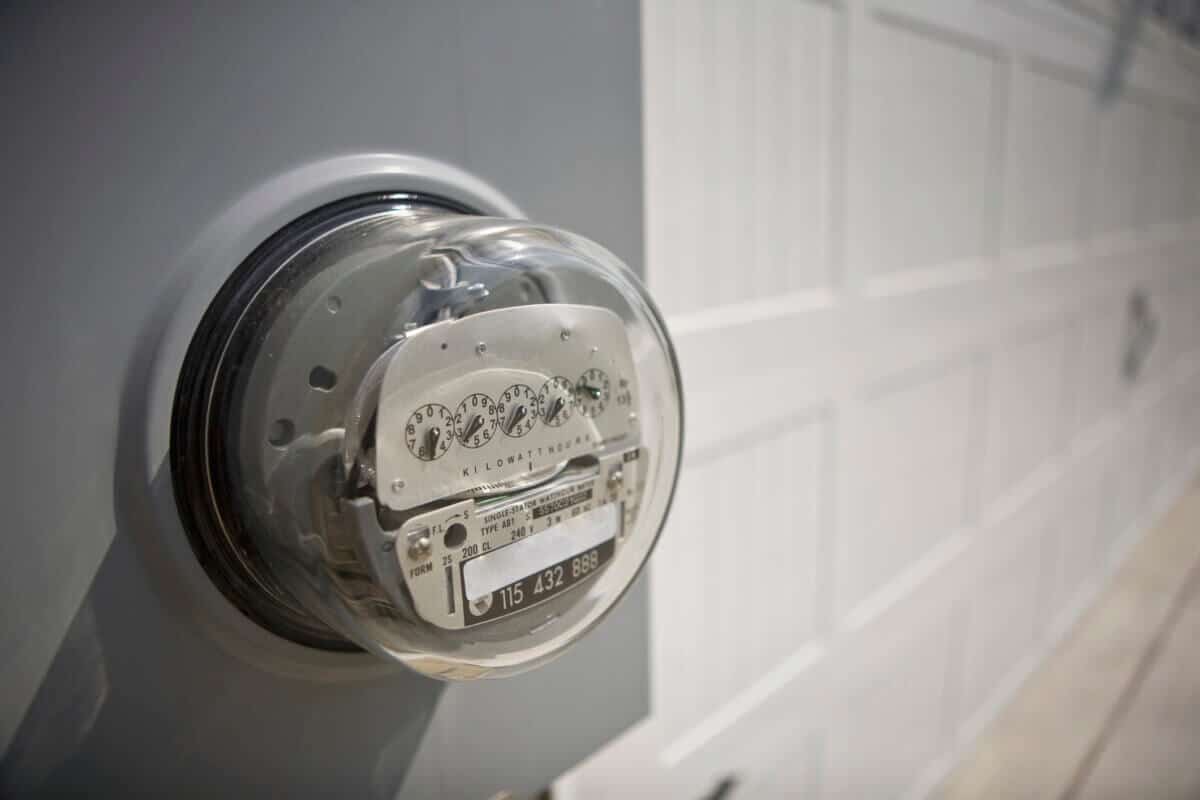
9. Upgrade older windows
According to the U.S. Department of Energy, ENERGY STAR-certified windows can reduce energy bills by an average of 12% annually. Choosing the right windows for your home, however, depends largely on your geographic location. To find energy-efficient options tailored to your home and climate, the National Fenestration Rating Council provides a helpful window selection tool at Efficient Windows.“
10. Take advantage of online energy analysis tools
A valuable step in managing your utility expenses is to explore the online resources offered by your provider. Often accessible through their customer portal, these tools can offer significant insights into your energy consumption. Many utility providers offer helpful online tools. These tools often allow you to answer questions about your home and energy habits to receive personalized recommendations for reducing your usage. This can be an easy way to identify specific areas where you can cut back and potentially discover helpful programs offered by your utility company. By taking advantage of such features, you can gain personalized guidance on how to lower your energy bills.
Gas
Saving on natural gas bills requires a combination of energy-efficient practices, proper home maintenance, and investing in efficient electric appliances. Natural gas is a fossil fuel that can cause indoor air pollution and lead to health hazards.
The most common natural gas appliances are stoves, water heaters, and HVAC systems. Lowering your usage is critical to saving money and reducing your footprint. Utility companies typically use a meter and charge a certain amount per therm (100,000 BTU, or 29 kWh).
Here are some tips to help you reduce your natural gas consumption:
1. Switch to electric appliances
While solar is a long-term investment, you can start saving right away by using energy-efficient appliances. These appliances use less electricity to perform the same tasks, helping you lower your bills from day one. Discover more expert tips on saving energy from Enact here.” Therefore, pairing your electric appliances with renewable energy sources such as solar, hydropower, and wind is the most effective way to achieve substantial long-term savings.
2. Adjust your thermostat
3. Insulate your home
Bill Ryan, Territory Sales Manager for Maine & New Hampshire at TimberHP, points out that the most significant impact often comes from improving your building’s thermal envelope – the barrier between your interior and the outside world. He explains, “Air leaks around windows and doors, gaps in insulation, and even small cracks in your foundation can quietly hike up your heating and cooling bills. Sealing, insulating, and weatherproofing these areas can reduce drafts and cut energy use by up to 20%. We recommend starting with simple fixes like plastic window sheeting and weather stripping, but the real magic happens when you tackle insulation and airtight construction head-on, which is where TimberHP’s wood fiber insulation comes into play—it’s high-performance, vapor-open, and made sustainably in the US.”
Another way to insulate your home is to utilize thermal curtains. “Thermal curtains serve as an effective barrier against extreme temperatures,” continues Kelly Dougherty. “In the summer, they help keep hot air out, while in the winter, they prevent drafts and frost from entering your home, saving you money on heating and cooling bills.”
4. Maintain or replace your heating system
To further reduce energy costs, consider upgrading to a more efficient HVAC system. When selecting a company for this important investment, the team at Argent Heating & Cooling offers key advice: “After vetting and narrowing down your HVAC company options, ask for itemized estimates outlining labor and material costs,” they recommend. “A reputable HVAC service should provide a clear breakdown of the costs involved. Remember to ask about warranties or guarantees that come with the service, which can help finance and protect your investment.”
Complementing the importance of HVAC system upgrades, both Brandon Beattie, Owner of Breezeway Air Duct Cleaning in Los Angeles, CA, and Ray Gray, President of Mighty Duct, emphasize the ongoing need for system maintenance to maximize efficiency. Beattie explains, “Beyond upgrades, regular air duct cleaning not only improves indoor air quality but can also reduce energy consumption by enhancing airflow efficiency. When ducts are clogged with dust and debris, HVAC systems must work harder to push air through, using more energy. Clean ducts ensure that air flows freely, reducing strain on the system, which in turn lowers energy usage and helps maintain consistent temperatures throughout the home. Additionally, removing contaminants and maintaining a clean and efficient system can help prevent system breakdowns, saving homeowners from potential costly repairs and energy spikes.”
Gray further elaborates on how dirty ducts impact system performance, stating, “Although lowering the cost of energy is not the top 5 reasons to get your air ducts cleaned, it may help. Over time, dirt, dust, and debris will find its way to the air conditioning coils. Because of this, the air will not flow as freely through the coil. The bottom line is the static pressure increases and makes the system ‘work harder’.”
5. Use weatherstripping
Apply weatherstripping around windows and doors to seal any gaps that might be letting cold air in and warm air out during winter months.
Kelly Dougherty adds more. “During the colder months, it’s crucial to inspect and seal all windows and doors to prevent drafts. Proper insulation ensures your home stays warmer naturally, reducing the need for additional heating.”
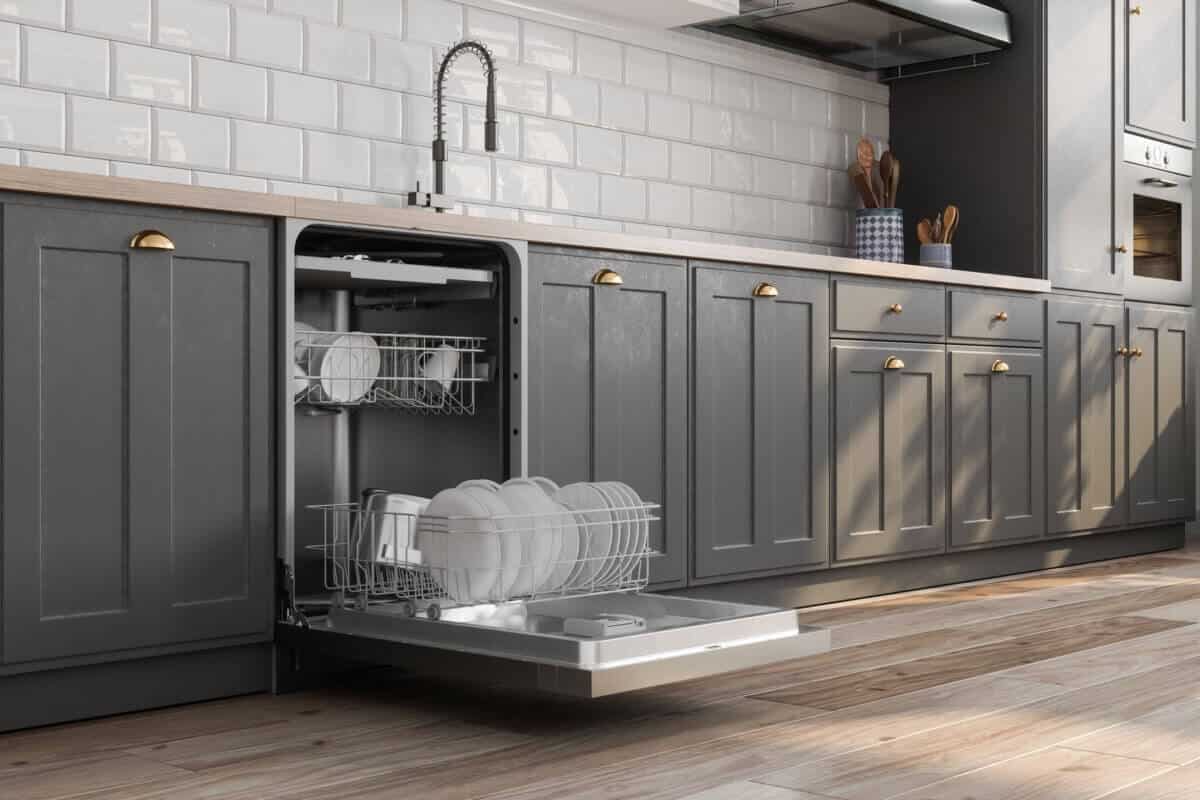
Water
Reducing your water use can mean lower costs and lower natural impact, which is especially important if your home is at risk of drought. The average US resident uses 84 gallons of water every day. This equates to over 10,000 gallons of water per month for a family of four. Companies also use different billing rate methods, which are:
- Flat
- Uniform
- Increasing block
- Declining block
- Seasonal
- Drought
- Water-budget based
The most common rate type is a uniform rate, which measures water usage with a water meter and charges a certain amount per gallon. However, if your city uses a flat rate fee, reducing your water usage provides no monetary benefit. Lastly, some municipalities bill water and sewer together, which makes reducing usage even more important.
Here are nine tips to help you reduce your water bill at home.
1. Fix leaks
2. Install water-efficient fixtures
3. Use the dishwasher efficiently
Only run the dishwasher when it’s full, and opt for the shortest washing cycle when possible. If you wash dishes by hand, don’t leave the tap running continuously.
4. Limit shower time
Shorten your showers to save both water and energy. A five-minute shower uses significantly less water than a bath.
5. Collect rainwater
Another option is to install a rain garden, which collects rainwater runoff from hard surfaces around your home and lets it slowly absorb back into the ground. These can be a great solution for those living in wet climates or who want a unique landscaping feature.
6. Water plants wisely
Water your plants early in the morning or late in the evening to minimize evaporation. You can also use drip irrigation or soaker hoses to water plants directly at their roots.
7. Use a broom instead of a hose
Sweep driveways, sidewalks, and patios rather than using a hose to clean them.
8. Reuse water
Collect unused water from cooking or washing fruits and vegetables to water plants or flush toilets.
9. Install a water meter

A water meter can help you track your water usage and identify areas where you can save. Many cities already charge based on metered use, but a meter can make a big difference if your area doesn’t.
Trash, recycling, and compost
Many areas lump trash and recycling together and charge separately for compost. Additionally, some cities don’t charge for recycling, while others don’t have composting programs. It’s important to understand your local collection policies to avoid being overcharged and reduce your environmental impact.
While most municipalities charge a flat rate for all pickup services, they often include additional charges for extra collection. Because of this, the best way to reduce your waste collection bill is to limit the amount of waste you produce and focus on recycling. Some areas also use a pay-as-you-throw program (variable-rate pricing), which charges based on the amount someone throws away.
Here are a few tips to help reduce waste:
- Use reusable containers
- Cook at home
- Buy in bulk
- Thrift when possible
- Go paperless
Understanding what you can and can’t throw away is also critical, as every city has different recycling and composting capabilities. Many products people believe are compostable and recyclable are actually trash in their area. Even products that advertise themselves as recyclable and compostable often aren’t in certain cities.
Other costs
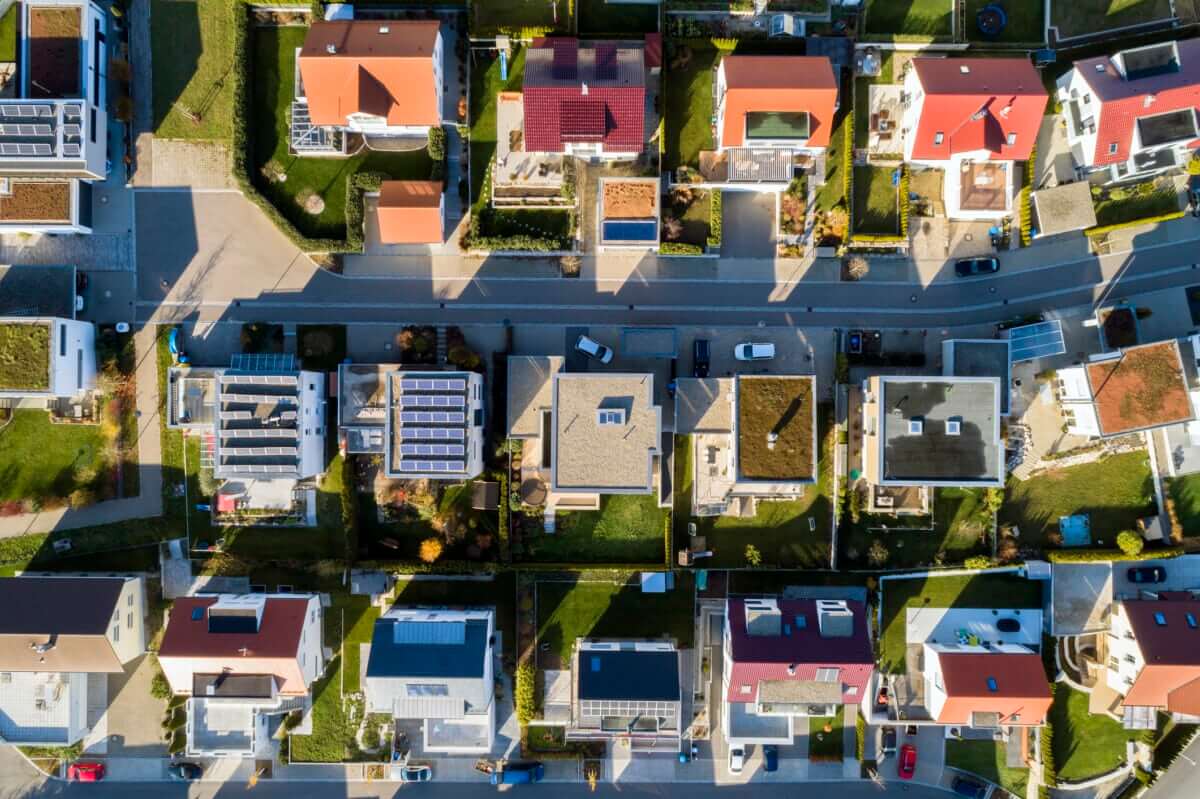
Other helpful tips to save money on utilities.
1. How to save money on utilities: Think green inside and out
2. Residential demand response program
3. HydroSnooze
Final thoughts
Aside from reducing utility costs, committing to large-scale sustainability can be the best way to reduce your monthly bills. You can do this by certifying your home through ENERGY STAR, LEED, or Living Building Challenge, all of which have strict energy and sustainability standards for homes.

